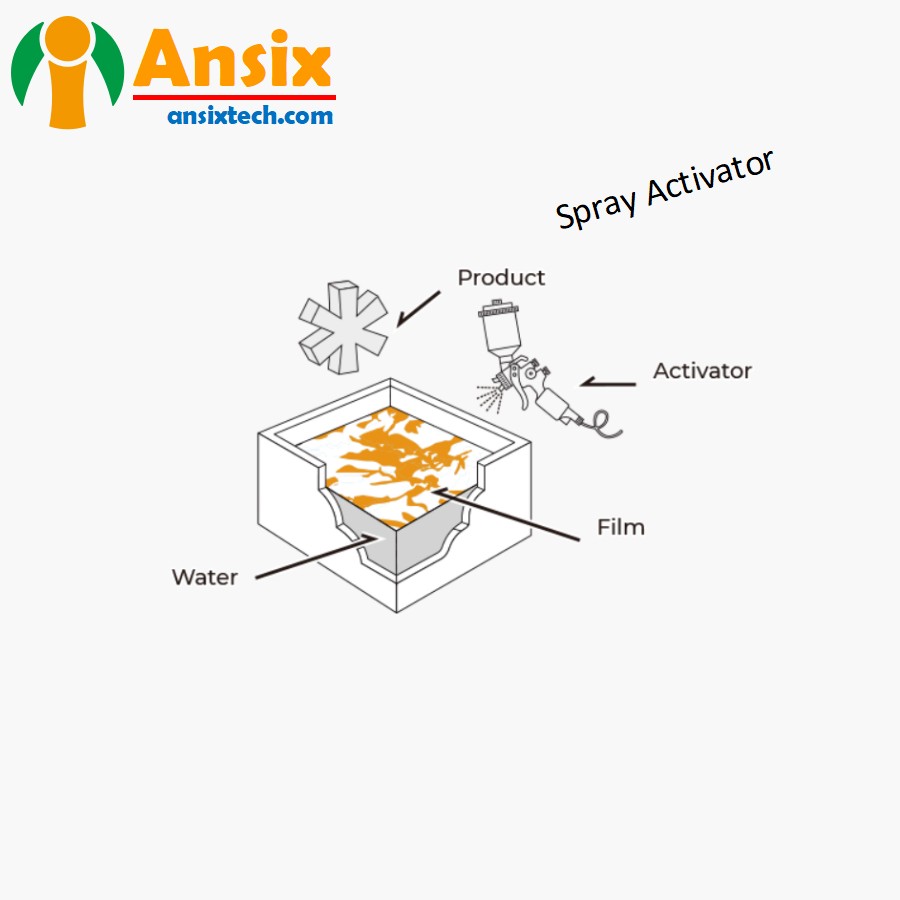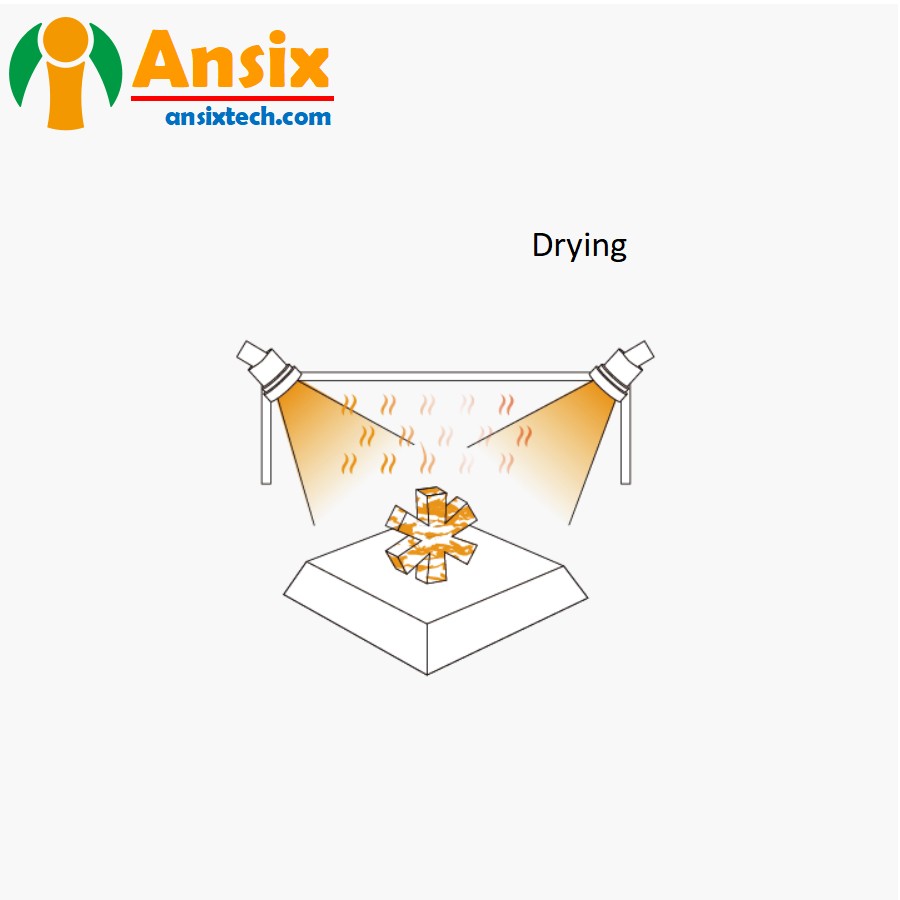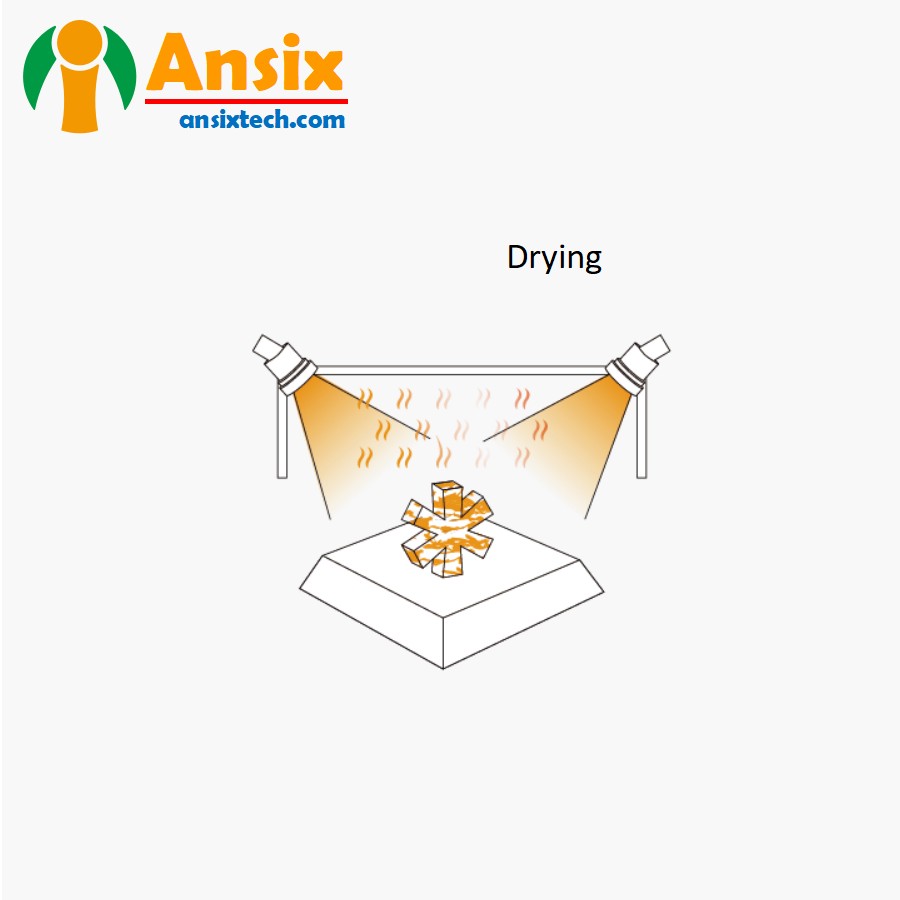Water Transfer Printing(WTP)
FEATURES
-
The water transfer printing process can be applied to various materials and products, such as auto parts, furniture, electronic products, toys, etc. It can achieve a variety of patterns and effects, such as wood grain, marble grain, carbon fiber grain, etc., giving the product surface a more beautiful and unique decorative effect. At the same time, the water transfer printing process has the advantages of low cost, simple operation, and wide application range, so it has been widely used in the decoration industry.Water transfer printing (WTP) is also called liquid transfer printing, immersion printing, cubic printing, hydro dipping, orhydrographic transfer. The WTP film can be dissolved in water and transfer the pattern on the product surface.It'sdifferent from traditional techniques which can only apply to flat surface or materials with a small curved surface, watertransfer printing technology can apply to various surface treatments, especially for uneven surface and variousmaterials, such as plastic products, glass, hardwoods, stone, fiberglass, ceramics, metal, etc.The water transfer printing surface decoration process is a decoration technology that prints patterns onto the surface of objects. By soaking a special water transfer film in water, the pattern is then transferred to the surface of the object. It has the following characteristics:Diversity: The water transfer printing process can achieve a variety of patterns and effects, such as wood grain, marble grain, carbon fiber grain, etc., giving the product surface a more beautiful and unique decorative effect.Flexibility: The water transfer printing process is suitable for various materials and products, such as auto parts, furniture, electronic products, toys, etc., and can decorate objects of different materials and shapes.Low cost: Compared with other surface decoration processes, the water transfer printing process has a lower cost and is suitable for large-scale production and mass production.Simple operation: The operation of the water transfer printing process is relatively simple. You only need to prepare the water transfer printing film and substrate and follow certain steps.Water transfer printing technology is widely used in the following fields:Automobile industry: The water transfer printing process can be used to decorate automobile interior parts, exterior parts, wheels and other components, giving the car a personalized and high-end appearance.Furniture industry: The water transfer printing process can be applied to the surface decoration of furniture, such as wood grain, marble grain, etc., to give the furniture a more natural and high-end appearanceElectronic products: The water transfer printing process can be used for shell decoration of electronic products, such as mobile phones, tablet computers, etc., giving the products a personalized and fashionable appearance.Toy industry: The water transfer printing process can be applied to the surface decoration of toys, such as animation characters, animal patterns, etc., to increase the attractiveness and interest of toys.The water transfer printing surface decoration process has a wide range of applications and can provide unique decorative effects for various products to meet consumers’ needs for personalization and beauty.
- Water Transfer Printing Technological Process
1.Spray ActivatorWater transfer printing spray activator is an auxiliary material in the water transfer printing process, used to increase the contact and adhesion between the water transfer printing film and water. It is usually used in the form of a spray, which can be evenly coated on the surface of the water transfer film.The main functions of water transfer printing spray activator are as followsImprove the adhesion of the film: Water transfer spray activator can make the contact between the water transfer film and water closer, increase the adhesion between the film and the substrate, and ensure that the pattern can be completely transferred to the surface of the substrate.Increase the unfoldability of the film: Water transfer spray activator can make the water transfer film easier to unfold in water, forming a flat pattern and avoiding wrinkles or unevenness in the film.Improve the clarity of the pattern: Water transfer spray activator can make the pattern on the water transfer film clearer and avoid blurring or distortion of the pattern.Here are the steps to use Water Transfer Spray Activator:Spray a layer of activator evenly on the surface of the water transfer film.Wait for a while for the activator to fully penetrate and work.Put the membrane into water and perform the water transfer step.It should be noted that when using water transfer spray activator, you should select the appropriate activator according to the requirements of the specific water transfer film and substrate, and operate according to the instructions for use. At the same time, pay attention to safety during use, avoid direct contact with skin and eyes, and avoid inhalation or ingestion. 

- Transfer Printing
Water transfer printing is an application method of water transfer printing technology. The printing pattern is transferred to the surface of the object through water transfer printing technology. This method can achieve a variety of patterns and effects, such as patterns, patterns, text, etc., giving the surface of the object a richer and more personalized decorative effect.
The steps for water transfer printing are as follows:
Preparation: Select the appropriate water transfer film and substrate, clean and treat the surface of the substrate to ensure that the film can adhere to the substrate.
Apply primer: Apply a layer of primer on the surface of the substrate to increase the adhesion of the film and the clarity of the pattern
Soak in water: Put the water transfer film into water and wait for the film to fully expand and form a flat pattern.
Coating activator: Coat a layer of activator on the surface of the membrane to increase the contact and adhesion between the membrane and water.
Transfer: Slowly immerse the substrate in water so that the pattern on the film is in contact with the surface of the substrate, and then take the substrate out of the water.
Cleaning and drying: Rinse the surface of the substrate with clean water to remove excess film and activator, and then dry the substrate.
Glazing and curing: As needed, the substrate can be glazed and cured to increase the gloss and durability of the surface.
Through water transfer printing, various patterns and effects can be applied to different objects, such as auto parts, furniture, electronic products, toys, etc. This decoration method has the advantages of low cost, simple operation, and wide application range, so it has been widely used in the decoration industry.
- Water Washing
Water transfer washing is a step in the water transfer process. It is used to clean excess film and activator on the surface of the substrate and ensure the clarity and durability of the transferred pattern.The steps for water transfer printing and washing are as follows:After the transfer is completed, take the substrate out of the water and ensure that the pattern on the film has been completely transferred to the surface of the substrate.Rinse the surface of the substrate with clean water to remove excess film and activator. You can use tools such as a water spray gun or faucet to evenly flush the water on the surface of the substrate.Pay attention to the intensity and time of washing to avoid excessive washing, which may cause the pattern to blur or fall off. The intensity and time of flushing can be adjusted according to the specific situation.After rinsing is complete, dry the substrate. You can use a hair dryer or let it dry naturally to ensure that the surface of the substrate is completely dry.The purpose of water transfer washing is to remove excess film and activator, ensure that the transferred pattern is clearly visible, and increase the durability of the pattern. At the same time, water transfer printing and washing are also to ensure that the surface of the substrate is clean and smooth, and to prepare for subsequent processing steps such as glazing and curing.It should be noted that during the water transfer washing process, attention should be paid to protecting the pattern on the surface of the substrate and avoiding using tools such as too strong water flow or brushes to avoid damaging the pattern. At the same time, according to the requirements of the specific water transfer film and substrate, appropriate cleaning agents or additives can be selected to improve the cleaning effect and the durability of the pattern. 

- Drying
Water transfer drying is an important step in the water transfer process. It is used to evaporate the water on the surface of the substrate, fix the transferred pattern on the substrate, and increase the durability and stability of the pattern.
The steps for drying water transfer printing are as follows:
After the transfer is completed, take the substrate out of the water and ensure that the pattern on the film has been completely transferred to the surface of the substrate.
Use absorbent paper or dry cloth to gently wipe the moisture on the surface of the substrate to remove excess water droplets.
Place the substrate in a well-ventilated environment and allow it to dry naturally. You can choose an environment with higher room temperature and lower humidity to speed up drying.
Depending on the specific situation, you can use a hair dryer or drying equipment to blow hot air to the surface of the substrate to accelerate the evaporation and drying process of moisture. However, attention should be paid to controlling the temperature and distance to avoid deformation or damage to the substrate caused by overheating or being too close.
After ensuring that the surface of the substrate is completely dry, subsequent processing steps such as glazing and curing can be performed to increase the gloss and durability of the pattern.
It should be noted that during the water transfer drying process, excessive drying or excessive heating should be avoided to avoid affecting the quality and stability of the pattern. At the same time, according to the requirements of the specific water transfer film and substrate, the appropriate drying time and temperature can be selected to ensure the best effect and durability of the pattern.
The drying time and effect of water transfer printing will be affected by environmental temperature, humidity, substrate material and other factors, so it needs to be adjusted and controlled according to specific conditions in actual operations.
- Spray Paint
Water transfer spray painting is an application method of water transfer printing process. After the water transfer printing is completed, the substrate is spray-painted to increase the protection and decorative effect of the pattern.The steps for water transfer printing are as follows:After the transfer is completed, take the substrate out of the water and ensure that the pattern on the film has been completely transferred to the surface of the substrate.Use absorbent paper or dry cloth to gently wipe the moisture on the surface of the substrate to remove excess water droplets.If necessary, the substrate can be primed. Primer can increase the adhesion and definition of the pattern while also providing a good base for subsequent painting.Use spray painting equipment to evenly spray the spray paint on the surface of the substrate. Appropriate spray paint colors and effects can be selected to achieve the desired decorative effect.Pay attention to control the thickness and uniformity of spray paint to avoid dripping, wrinkling or unevenness. Multiple sprays can be made to achieve the desired effect.After painting is completed, place the substrate in a well-ventilated environment and allow the paint to dry. Depending on the type and thickness of the spray paint, it may take some time to complete the drying process.After ensuring that the spray paint is completely dry, subsequent processing steps such as glazing and curing can be performed to increase the gloss and durability of the pattern.It should be noted that during the water transfer painting process, appropriate spray painting materials and tools must be selected to ensure the quality and effect of the spray paint. At the same time, according to the specific requirements of the water transfer film and substrate, the appropriate spray paint color and effect can be selected to achieve the desired decorative effect. 

- Drying
After the water transfer spray paint is completed, additional drying steps are usually required to ensure the curing and drying of the spray paint and increase the durability and stability of the pattern.The drying steps after water transfer printing are as follows:Make sure that after painting is complete, place the substrate in a well-ventilated environment and allow the paint to begin to dry. Depending on the type and thickness of the spray paint, it may take some time to complete the drying process.You can use a hair dryer or drying equipment to blow hot air onto the surface of the substrate to speed up the drying process of the spray paint. However, attention should be paid to controlling the temperature and distance to avoid deformation or damage to the substrate caused by overheating or being too close.Depending on the type and thickness of the spray paint, it may take a longer time to dry. It is recommended to arrange the drying time reasonably according to the instructions or experience of the spray paint material.After ensuring that the spray paint is completely dry, subsequent processing steps such as glazing and curing can be performed to increase the gloss and durability of the pattern.It should be noted that during the drying process after water transfer printing, over-drying or over-heating should be avoided to avoid affecting the quality and stability of the pattern. At the same time, according to the requirements of the specific spray paint material and substrate, the appropriate drying time and temperature can be selected to ensure the best effect and durability of the pattern.In addition, different spray paint materials may have different drying requirements. It is recommended to follow the instructions of the specific spray paint materials or consult a professional to ensure correct drying steps and times.
- There are several reasons to choose AnsixTech for water transfer printing, IMD, INS, TOM, OMD and DOD processes
Rich experience: AnsixTech has extensive experience and expertise in water transfer printing and related processes. They understand the characteristics of different materials and products and can provide professional technical support and solutions.High-quality products: AnsixTech is committed to providing high-quality water transfer printing and related process products. They use advanced equipment and technology to ensure that the pattern transfer is clear and stable, with good durability and decorative effects.Customized services: AnsixTech can provide customized water transfer printing and related process services according to customer needs and requirements. Whether it is pattern design, material selection or process flow, all can be adjusted and optimized according to customer requirements.Diversified application fields: AnsixTech’s water transfer printing and related processes can be used in many fields, such as automobiles, furniture, electronic products, toys, etc. Whether it is mass production or small batch customization, we can meet customer needs.Excellent customer service: AnsixTech focuses on communication and cooperation with customers and provides excellent customer service. They are able to respond promptly to customer needs and questions and provide professional advice and solutions.If you choose AnsixTech for water transfer printing, IMD, INS, TOM, OMD and DOD processes, you can get professional technical support, and we have more than 10 years of work experience and technology accumulation in automotive interior decoration technology.high-quality products and customized services to meet the needs of different fields. If you have any questions about products in the plastic molding and mold field, please send us a message(Email: info@ansixtech.com ) at any time and our team will reply to you within 12 hours.




